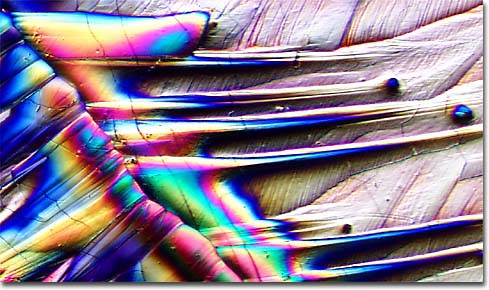|
Discovered in the 1940s, norepinephrine is a catecholamine neurotransmitter secreted by the medulla of the adrenal glands and the ends of sympathetic nerve fibers. Also known as noradrenaline, the chemical compound is almost structurally indistinguishable from epinephrine, a closely related substance that has similar effects on the body. Both, for instance, influence the blood vessels, increase the rate and force of heart contractions, dilate the bronchioles, and facilitate certain metabolic activities. The two sympathomimetic agents do, however, form from different substances in the body, norepinephrine arising from the amino acid tyrosine and epinephrine, from norepinephrine. Also, synthetic forms of the compounds are often utilized clinically for different purposes.
|
